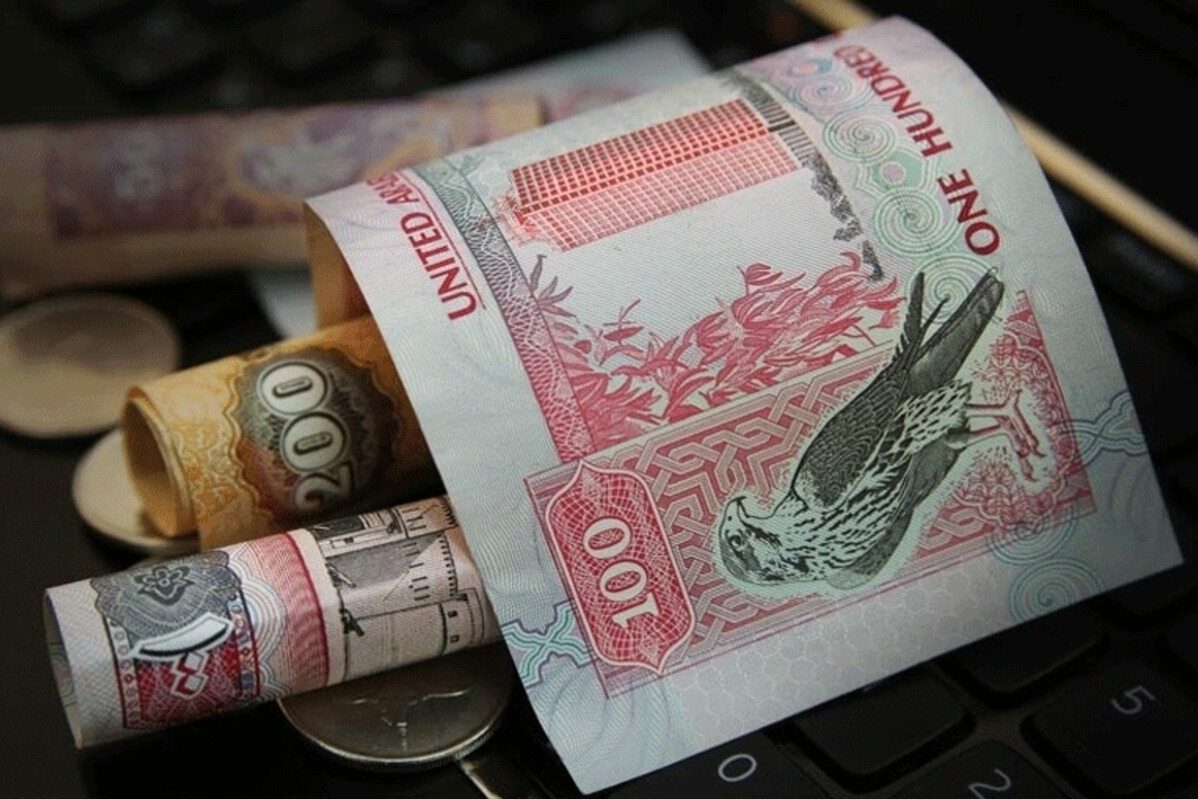Global professional services firm Alvarez & Marsal (A&M) has released its latest United Arab Emirates (UAE) Banking Pulse for the second quarter of 2023. The report illustrates a positive trend in the UAE banking sector’s profitability, primarily driven by an increase in non-interest income and reduced impairment charges.
On a quarter-on-quarter (QoQ) basis, the banking sector was stable. Peaking interest rates have slowed the NII growth. The Central Bank of UAE (CBUAE) Credit Sentiment Survey indicated strong loan demand growth and optimistic expectation on credit appetite from financial institutions. CBUAE continues to anchor its benchmark rate to the US fed and increased it by 50bps between Q1’23 to July’23.
Despite benchmark interest rates reaching their peak, net interest income (NII) contributed minimally to profitability with a 1.3 percent QoQ growth. Loans and advances (L&A) experienced a 2.7 percent QoQ growth, predominantly fueled by corporate/wholesale loans’ 3.7 percent QoQ expansion.
Deposits growth
Deposits growth moderated at 0.8 percent QoQ, influenced by a decline in time deposits by 2.1 percent QoQ. Net interest margin (NIM) contracted by 4 basis points, and the non-performing loan (NPL) ratio improved marginally by 19 basis points to 5.2 percent. The provisioning coverage for Stage 3 loans stood at approximately 63.4 percent. Return on equity (RoE) improved by 99 basis points, while return on assets (RoA) remained steady at 2.2 percent throughout the quarter.
A&M’s UAE Banking Pulse examines data from the 10 largest listed banks in the UAE, comparing the Q2’23 results against Q1’23 results. Using independently sourced published market data and 16 different metrics, the report assesses banks’ key performance areas, including size, liquidity, income, operating efficiency, risk, profitability, and capital.
The report also offers an overview of the key developments affecting the banking sector in the UAE. Starting with this issue, A&M has added further granularity to the analysis with a segment view of loans & assets, deposit mix and a stage–wise breakdown of the lending book.
The country’s 10 largest listed banks analyzed in A&M’s UAE Banking Pulse are First Abu Dhabi Bank (FAB), Emirates NBD (ENBD), Abu Dhabi Commercial Bank (ADCB), Dubai Islamic Bank (DIB), Mashreq Bank (Mashreq), Abu Dhabi Islamic Bank (ADIB), Commercial Bank of Dubai (CBD), National Bank of Fujairah (NBF), National Bank of Ras Al-Khaimah (RAK) and Sharjah Islamic Bank (SIB).
Prevailing trends
- Aggregate L&A increased by 2.7 percent QoQ in Q2’23. Aggregate deposits for top 10 banks grew marginally by 0.8 percent QoQ. Consequently, loan-to-deposit ratio (LDR) increased 1.4 percent points QoQ to 76.3 percent. During Q2’23, all top 10 banks reported an increase in L&A, where CBD reported the highest growth of 5.5 percent QoQ. A decline in deposits of FAB (-4.6 percent QoQ) slowed the pace of aggregate deposits growth.
- Total operating income increased by 3.2 percent QoQ in Q2’23 compared with 3.7 percent QoQ in Q1’23. The growth in total operating income was driven by non-interest income which increased by 7.7 percent QoQ. In spite of a rise in the benchmark rates, the NII grew marginally by 1.3 percent QoQ.
- NIMs narrowed by 4bps as the lag effect in the declining trend in LDR reflected in contraction of NIMs besides decline in spread differential QoQ. Yield on credit increased (+76bps QoQ) to 11.0 percent, slower than cost of funds (+48bps QoQ) to 3.7 percent in Q2’23. Aggregate net interest income (+1.3 percent QoQ) grew marginally due to an increase in the CBUAE policy rate by 25bps for the quarter.
- Cost-to-income (C/I) ratio improved by 10bps QoQ to reach 27.6 percent in Q2’23 as total operating income growth (+3.2 percent QoQ) outpaced the total operating expense (+2.9 percent QoQ).
- Eight out of 10 banks reported an improvement in cost of risk (CoR). The CoR improved by 8bps QoQ to settle at 0.7 percent for Q2’23. Total impairments declined by 8.5 percent QoQ in Q2’23 to AED 3.3bn.
Marginal increase
Marginal growth of NII (+1.3 percent QoQ) along with non-interest income (+7.7 percent QoQ) and reduction in impairment charges (-8.5 percent QoQ); resulted in 4.8 percent QoQ growth in aggregate net income. Consequently, RoE expanded by 99bps QoQ to 20.3 percent; however, RoA remained stable at 2.2 percent for the quarter.
Read more: UAE banking sector ranks first in global consumer trust index

Sustained resilience
Asad Ahmed, A&M managing director and Head of Middle East Financial Services commented: “We are continuing to witness sustained resilience in the UAE’s banking sector. Profitability remains robust and is emblematic of the sector’s adaptability, with non-interest income elevation and a reduction in impairment charges steering the positive trajectory. UAE banks continue to stand on firm financial ground and are poised to navigate through the broader macroeconomic landscape. The alignment of the UAE’s interest rates with the US Federal Reserve, marked by a gradual 50bps rise from Q1’23 to July’23, further assists in this economic stance.
“Additionally, the upward revision of the non-oil economic growth forecast for 2023, now at 4.5 percent, reflects the vibrant signals coming from both the buoyant tourism and real estate sectors. In particular to the latter, a sizeable 363 percent year-on-year surge in Foreign Direct Investment within Abu Dhabi’s real estate sphere, amassing AED 834.6 million in H1’23, is very noteworthy.”
For more on banking and finance, click here.








